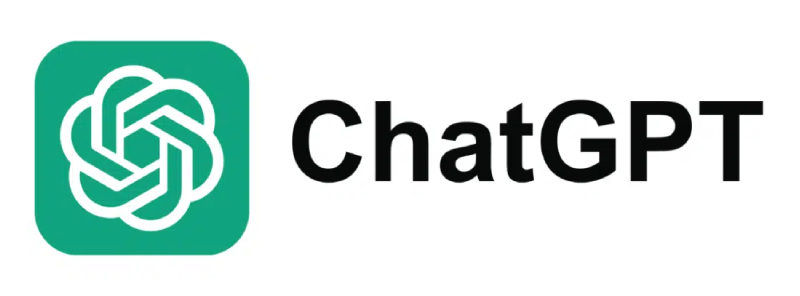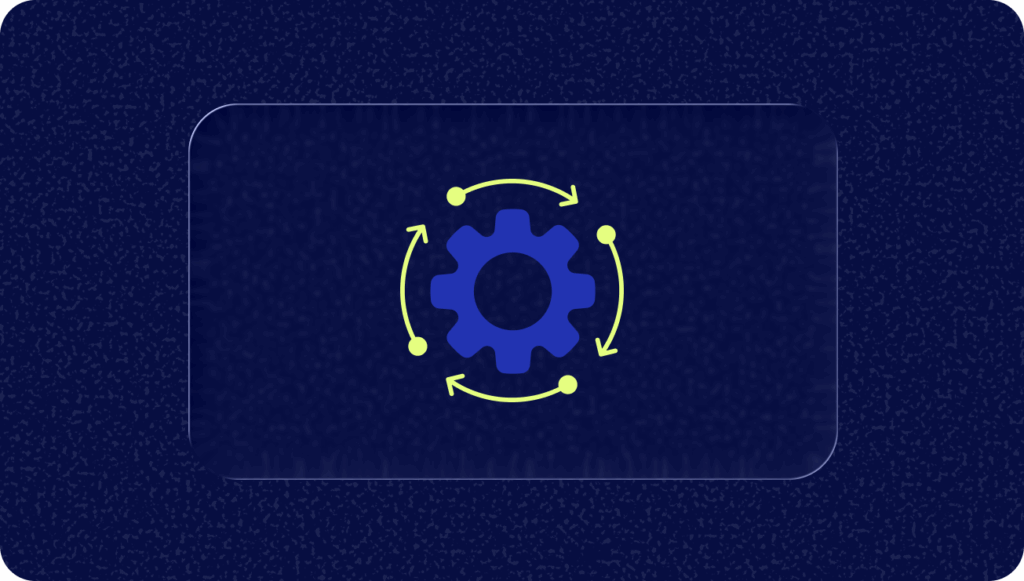Every gaming studio today faces the same challenge: players are no longer judging games solely by graphics, storylines, or rewards. They’re judging the entire experience such as how quickly the support team replies. And in an industry where a single poor experience can spark public backlash, retention now hinges on how well you understand and act on player expectations.
When SYBO, the studio behind Subway Surfers, adopted in-app, AI-powered support, their CSAT jumped from 3.8 to 4.3. This is a clear sign that faster, more personal help has become a defining part of the player experience.
Support leaders know this. You can’t scale empathy manually, and you can’t afford to make AI feel robotic.
In this article, we’ll explore seven key trends that are redefining how gaming studios approach Player Experience (PX) and what leading support teams are doing today to stay ahead of what’s next.
Why Player Experience (PX) Is the New Battleground in Gaming
The competition for player loyalty has moved beyond gameplay mechanics. What now separates great studios from forgettable ones is how effortlessly players can get help, stay engaged, and feel valued long after installation.
From gameplay-only to end-to-end experience
Games used to win or lose players based on mechanics. Now, they win based on moments. From the first tap to the last support ticket, every interaction shapes a player’s perception of your brand. When support is clunky or slow, it breaks immersion and breaks trust.
With in-game support channels and AI-led workflows, studios are turning support into a seamless part of the game loop. What used to feel like a detour now feels like an extension of gameplay.
How support shapes player retention and LTV
Retention isn’t just about daily logins. It’s about whether players feel heard when something goes wrong. In fact, 58% of issues are now resolved through automation within the game experience itself. That’s more than half of all tickets closed before reaching an agent freeing human teams to focus on VIP players and complex cases.
The result? Faster resolutions, happier players, and longer lifetime value, all without inflating headcount.
Why support teams need to track PX trends now
Player expectations are shifting monthly, not yearly. Ignoring these changes risks making your systems outdated before your next major update. Tracking PX trends isn’t about chasing buzzwords, it’s about ensuring your support setup evolves as quickly as your content pipeline.
7 Player Experience Trends Support Teams Must Watch
Even the best studios struggle to balance scale with empathy. These seven trends are reshaping how successful teams deliver both without sacrificing speed or personality:
1. Rise of in-game support as the default channel
Players shouldn’t have to tab out of an immersive session just to get help. In-game support has become the new baseline for accessibility and immersion. With solutions like Helpshift’s in-app messaging, players can connect with AI or agents without ever leaving the game.
The benefit goes beyond convenience, it preserves the emotional rhythm of gameplay. In-app messaging also boosts satisfaction: Helpshift’s data shows in-app support consistently achieves higher CSAT (3.8) compared to web or email channels, which averages just 2.7.
2. AI chatbots taking over Tier-1 requests
The most efficient teams don’t view automation as replacement, they see it as optimization. Modern AI chatbots can instantly recognize intent, resolve account issues, and triage tickets before they ever hit an agent queue.
Helpshift’s clients like SYBO have achieved automation rates as high as 77% within three months, proving that smart AI integration can slash first response times and improve satisfaction simultaneously.
3. Multilingual, inclusive support for global audiences
Players today expect help that speaks their language — literally and emotionally. For global studios with players spread across APAC, LATAM, and EMEA, language gaps used to slow down responses, create inconsistent support quality, and drive up hiring costs.
AI-driven translation has changed that dynamic. With Helpshift’s Language AI, support agents can communicate in 70+ languages in real time, ensuring that a player in Tokyo gets the same quick, empathetic response as one in Toronto.
4. Personalization of player support journeys
Generic support feels transactional; personalized support builds connection. Modern PX systems can analyze gameplay data to tailor support responses like detecting when a VIP’s progress stalls or when a recurring bug hits mid-event.
Helpshift’s Smart Intents uses AI to understand the context of a player’s query and automatically classify tickets based on intent. This means managers no longer have to manually sort or assign issues, the system ensures each request reaches the right queue or rep instantly.
Combined with AI-powered routing, support teams can reduce bottlenecks around ticket distribution, speed up responses, and maintain consistency across large volumes of player interactions.
5. Real-time feedback loops through in-game surveys
Post-resolution surveys have evolved from vanity metrics into valuable data pipelines that feed LiveOps and CX decisions. Real-time, in-app feedback helps LiveOps teams understand how updates, events, or new features impact satisfaction.
With Helpshift, these feedback loops happen in the same flow as support. That immediacy drives accuracy and helps studios catch friction points before they trend on Reddit.
6. Blending moderation and support in UGC games
As user-generated content grows, the line between moderation and support is blurring. Players now report bugs, toxic behavior, and gameplay issues through the same channels.
This convergence requires unified workflows where support agents can act quickly on both player wellbeing and content safety. Helpshift’s moderation and support ecosystem enables that dual visibility, ensuring that harmful experiences are addressed before they escalate into community-wide churn.
7. Predictive & proactive support with player telemetry
The next phase of PX is prevention. Studios are leveraging player telemetry to spot early signals of frustration, repeated error codes, abandoned purchases, login loops and intervene before a ticket is even filed.
Helpshift’s analytics layer identifies these patterns across titles, letting teams trigger proactive messages or in-game tips that resolve issues silently. That’s support evolving from reactive response to invisible protection.
Case Studies: PX Trends in Action
Seeing these trends at work helps connect strategy to reality. Here’s how leading gaming studios have applied them to measurable success:
AIDIS (Critter Crew): Building Seamless Global Self-Service
AIDIS, creator of Critter Crew, expanded support across 123 regions and 9 languages using Helpshift’s AI-driven automation. The result was a dramatic increase in player self-service adoption — with most queries now resolved in-app through automated workflows and FAQs.
Huuuge Games: Reducing Response Times Across Regions
Huuuge Games turned to Helpshift’s Language AI to streamline multilingual support. By automating translation and improving triage accuracy, they cut time-to-first-response significantly and improved global player satisfaction.
VCA Animal Hospitals: Delivering Instant, 24/7 Live Support
VCA integrated Helpshift into its CareClub app to connect pet owners with veterinarians through real-time chat. The team now responds in under 30 seconds, maintaining a 4.8 CSAT across 750+ locations nationwide, showing how conversational support can elevate experience quality in any industry.
How Helpshift Helps Support Teams Stay Ahead
Player expectations will keep evolving, but the foundation of world-class PX will always depend on the ability to adapt systems, tools, and workflows fast.
AI and automation for scale

Helpshift’s AI-first platform combines Smart Intents, Generative AI Answers, and no-code automation to handle repetitive queries while maintaining empathy. It enables 24/7 resolution across titles, turning reactive teams into proactive experience managers.
Seamless in-game messaging for better experiences

With in-app messaging, players can resolve issues in real time without ever leaving the game. That means fewer friction points, better retention, and conversations that feel as natural as the gameplay itself.
Analytics to track player experience trends across titles

Helpshift’s analytics dashboard provides visibility into performance metrics like CSAT, deflection rate, and resolution time helping teams identify what’s working and where to improve. Tracking these insights across multiple games helps support leaders build scalable PX strategies that evolve with their player base.
Final Thoughts: Future-Proofing PX in Gaming Support
Player Experience isn’t a side metric, it’s the core of retention strategy. The best games today are those where players don’t feel the support system because it’s seamlessly embedded into the experience itself.
In a world where one bad ticket can go viral, the smartest studios are investing in invisible support that feels human, instant, and continuous.See how your support team can stay ahead of every trend and turn your player experience into your strongest competitive advantage. Request a Helpshift demo for free.








